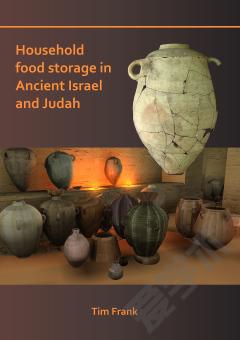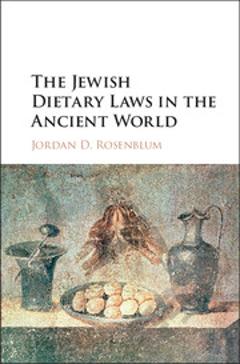Household Food Storage in Ancient Israel and Judah
This study serves as a source book on domestic food storage in Ancient Israel and Judah by outlining important ethnographic and ancient textual and pictorial sources relevant to the discussion. These allow us to understand the motivated actions in relation to food storage, and the significance of food storage in daily life. On the basis of twenty-two well-excavated buildings from thirteen Iron Age sites, representative archaeological data is examined. For each house the total preserved food storage capacity is calculated, activity areas are identified, and specific patterns are noted. Food storage equipment, the location and role of food storage in the household, and the integration with other activities are analysed. Storage rooms were often located at the margins of houses, but a considerable part of the stored food was kept in other activity areas toward the centre. The data indicates that in Iron Age I food was stored mainly domestically or in shared community facilities, while redistributive food storage became more common in Iron Age II, with significant domestic storage continuing. The ideal of self-sufficiency remained.
{{comment.content}}








 京公网安备 11010802027623号
京公网安备 11010802027623号